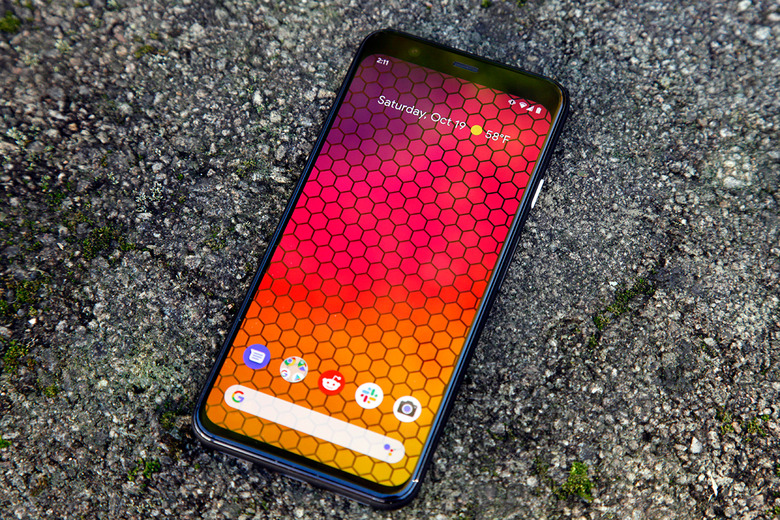The Pixel 4 Was Just Released Today And It Already Has Major Issues That Need To Be Fixed
Google has been developing its own phones for a decade now, although it started taking things more seriously when it pivoted from affordable Nexus phones to premium Pixels. These high-end devices are supposed to offer buyers the purest taste of Google's next-gen mobile operating system, and showcase what a high-end Android has to offer compared to the latest iPhones. But Google is far from perfecting its smartphone-making skills and the Pixel 4 is no different from its predecessors.
Google is now once again forced to repair its latest phone via software updates, just as it has had to do shortly after the release of every other Pixel phone. Other smartphone makers have had issues with brand new flagship handsets as well, of course. The iPhone's Antennagate and Bendgate issues, as well as Samsung's Galaxy Note 7 fires and the Galaxy Fold fumble, come to mind. But no other phone maker has had to issue quick, important fixes for every single phone it has ever launched, so this is a tradition Google undoubtedly hopes will come to an end this year.
Google has so far confirmed that it will fix two major flaws with the Pixel 4. The 3D face recognition system lacks an obvious security measure that would prevent anyone from unlocking your phone while you sleep. Google confirmed it'll fix it with an update that adds a setting to require eye contact. Then, the 90Hz Smooth Display feature that Google hyped up only works when the display brightness is over 75%. Google also confirmed it will fix this flaw. The company has yet to say if it plans to enable 4K 60fps video recording on the phone, which would technically also qualify as a software fix.
3D Face unlock and Smooth Display are signature features of the Pixel 4 — the latter isn't even available on that many Android handsets, let alone the iPhone. Yet they don't work quite as they should. And both of these issues could have been prevented with ease during development and testing.
Paying $799 or more for a phone only to then have to wait for it to work as it should is annoying. Like I said before, Google is turning Pixel flaws into some sort of aggravating tradition.
To briefly recap Google's history of Pixel problems, I'll remind you about the Pixel 1's sound issues that resulted in a class-action suit Google ultimately lost. And who can forget the Pixel 2's OLED screen quality issues that reviewers started to notice only after publishing their reviews? Then the Pixel 3 had its own share of misfortunes, including RAM management problems on the premium models and rebooting issues on the cheaper 3a versions, as well as manufacturing issues.
Maybe that's why Google just admitted its Pixel phones aren't as valuable as same-year iPhones.
Hopefully, the Pixel 5 will break this annoying Google tradition and finally be the terrific Android phone fans expect, one that doesn't need major software fixes immediately after being released.
